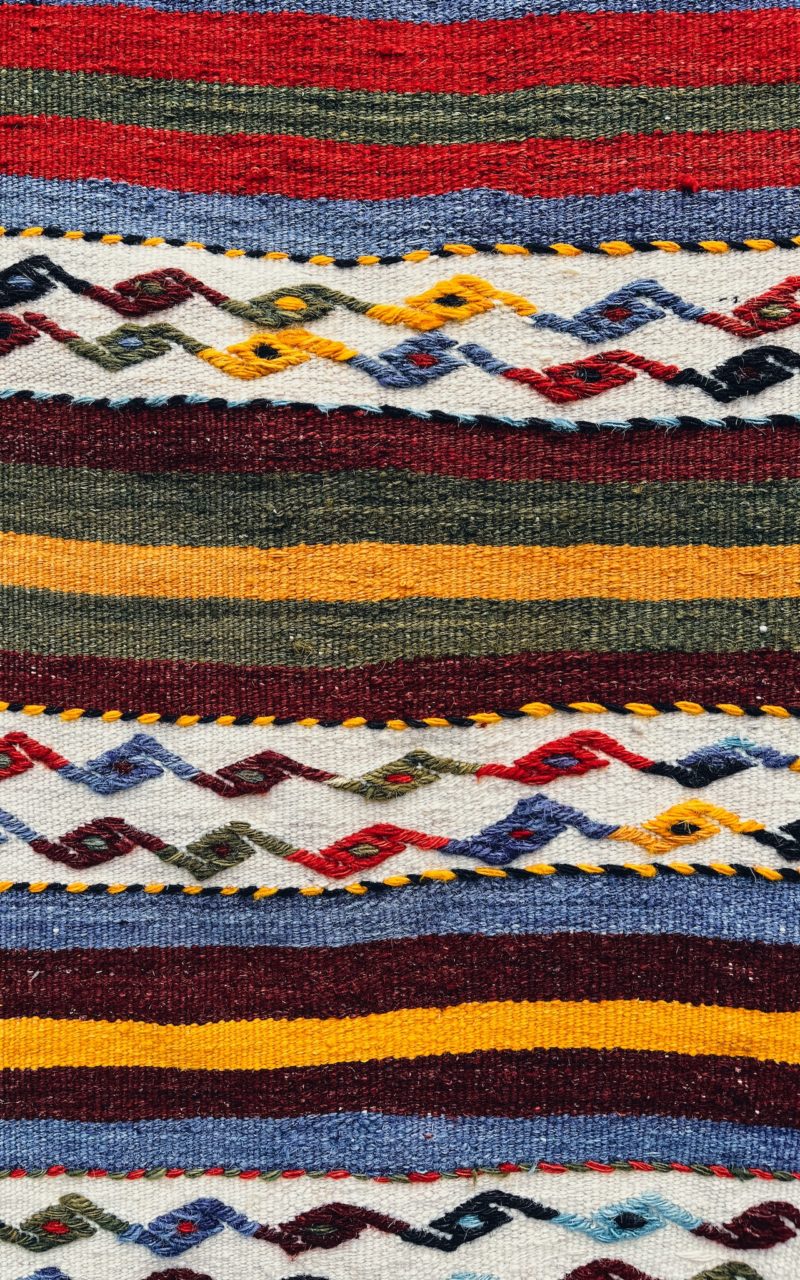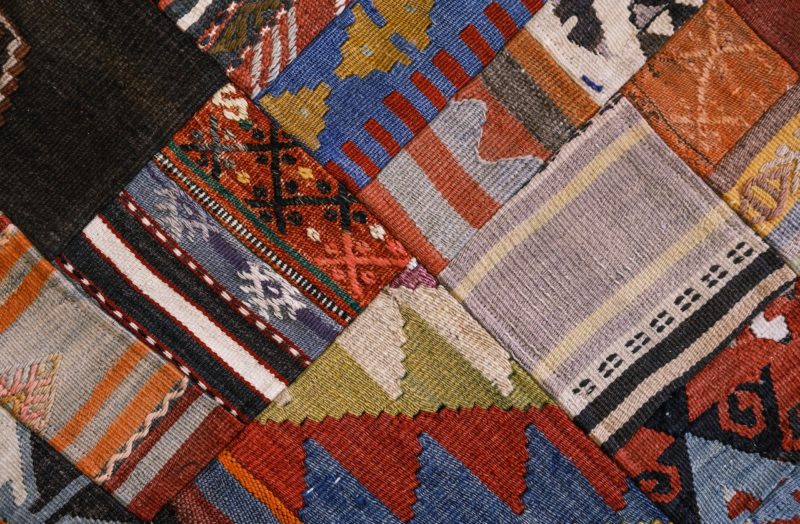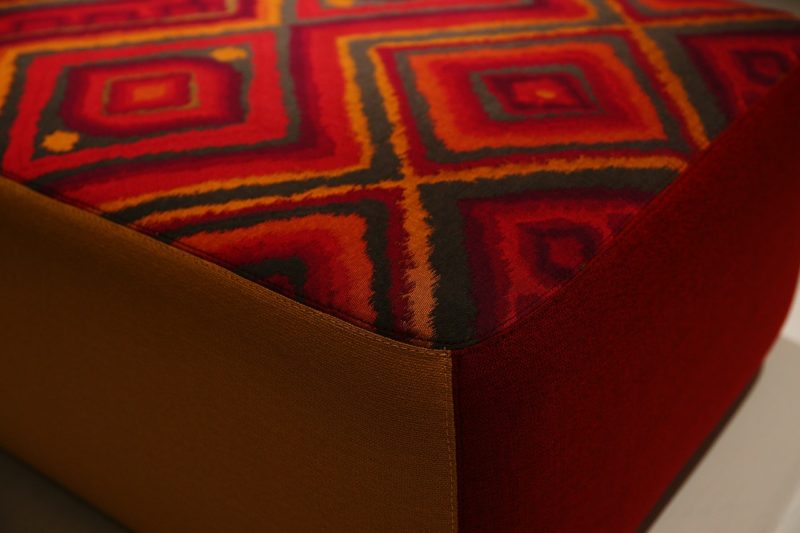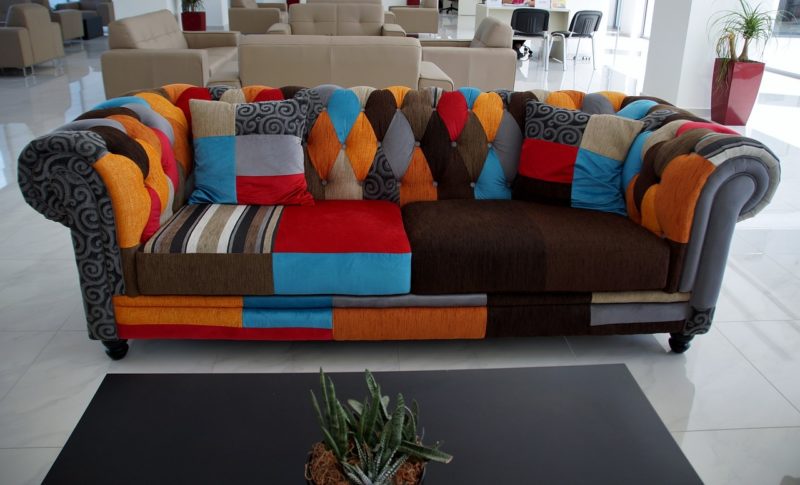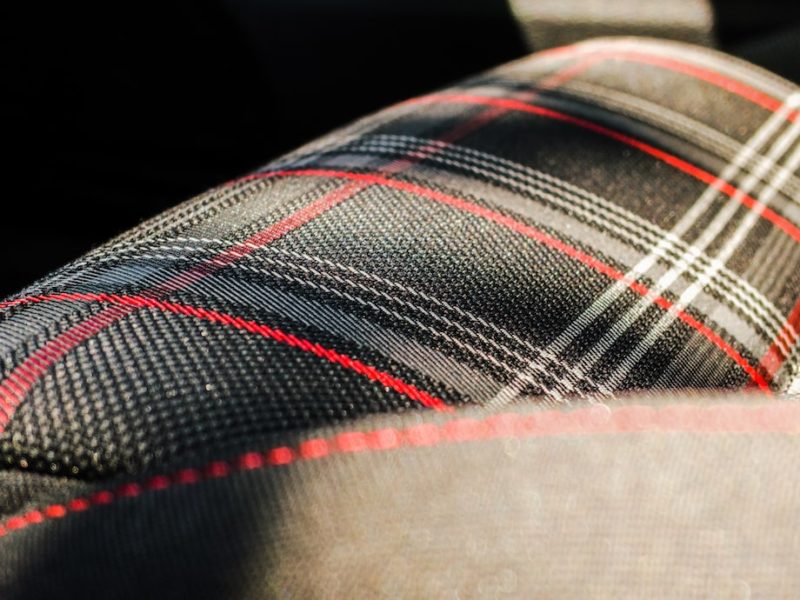The Importance of Quality and Craftmanship When Choosing Kilim Fabric
Kilim fabric is a traditional fabric that is often hand-woven by artisans who use looms to blend different coloured yarns, wool, and/or cotton threads to create motifs and designs that are unique to that family or tribe.
The type of dye used to colour the yarn also impacts the quality of a kilim rug. Synthetic coloured yarn does not last as long as natural dyes such as madder root, weld, and indigo, which penetrate deeper into fleeces and provide a longer-lasting colour.
Overall, while purchasing a kilim rug, it is critical to evaluate its quality, ensuring that it was handcrafted by skilled artisans using high-quality yarns and natural dyes. This not only ensures that it will endure longer, but you are also investing in an item that is intrinsically tied with legacy, culture, and tradition from across the world, making each piece genuinely unique!
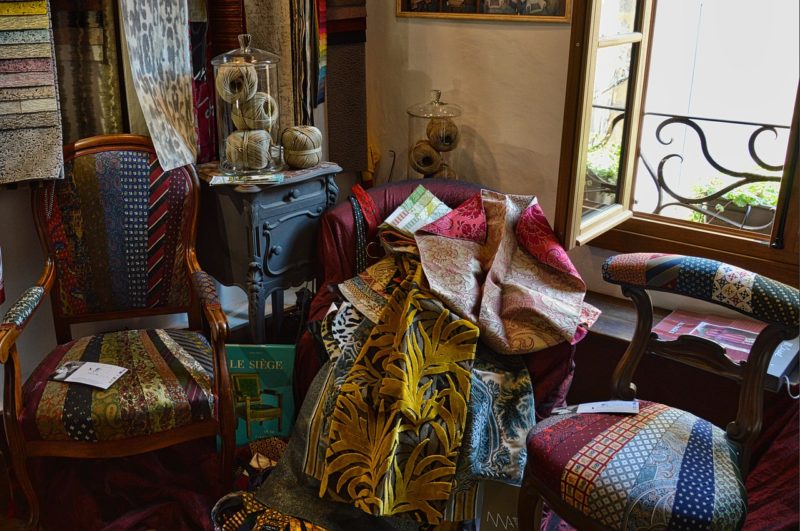
Quality Craftsmanship of Kilim Fabric
Kilim upholstery fabric can provide a one-of-a-kind and gorgeous pattern to any home décor, making it a popular choice for people seeking something distinctive and eye-catching. When selecting kilim fabric, however, it is critical to opt for a high-quality product that is both durable and appealing. Fabrics made from high-quality materials are more resistant to fading, discolouration, and wear and tear, assuring long-term usage.
When choosing kilim fabric, workmanship is just as important as excellent materials. Craftsmanship incorporates a variety of talents, such as dyeing and knotting processes, which are useful for weaving strips together.
Resistance dyeing is a common dyeing procedure used by hand with natural dyes to generate vibrant colours and intricate patterning in the finished product. Knotting includes vertically knotted rows of woollen threads put over the foundation strands known as warps with coloured yarn to create a beautiful design.
Weaving is the technique of combining these two parts in various weaving methods, such as flatweave or tufted weave to create even more intriguing patterns and effects. When selecting kilim fabric, search for textiles manufactured from high-quality materials and handcrafted at all phases of manufacturing to ensure you enjoy your item for years to come!
Factors to Consider When Choosing Quality Kilim Fabric
When purchasing Kilim fabric, it is critical to examine variables such as weaving quality and materials utilised. A Kilim fabric’s quality may be judged by analysing numerous characteristics, such as the durability of the materials used in its manufacture.
Wool, for example, is denser and more durable than cotton or synthetic fibres. It also produces tighter strain on the knotting threads, giving the overall weave more rigidity. The expertise and technique of the weaver will also affect the quality of a kilim rug or upholstery.
Heavier thicknesses, particularly those with complicated patterns or fine detail, will be most durable if created using strong weaving methods, such as sehna knots. Smaller, more complex components may require more support to keep their form.
Colorfastness is a crucial consideration when choosing high-quality kilim fabric. It should be assured that the colour has been applied accurately and will not spread with wear and tear. To see if a piece has been correctly coloured, softly wet it and see if any colour rubs off onto your hands or an absorbent towel moistened with water.
Any sign that ring staining happened during the dying process raises concerns about colourfastness; doubts about the dyeing method’s purity may warrant finding another provider for your kilim requirements instead.
Care and Maintenance of Kilim Fabric
Kilim fabric is frequently artistically patterned and manufactured with natural dyes, making it a focal point in many houses. Proper care and maintenance are essential for preserving the beauty of your kilim cloth. Understanding the particular qualities of this cloth will assist you in selecting the best cleaning methods and products.
The first step in caring for your kilim fabric is determining what it is composed of, which is usually wool or cotton. Wool kilims must be cleaned “dry” to remove dirt and stains since they react badly to detergent and water.
Vacuuming gently on a low-power setting should be enough, although spot-cleaning with a moist cloth can also be useful if necessary. Cotton kilims are more resistant to water, so spot-cleaning with a light detergent in warm water is safe; nevertheless, caution must be given because strong chemicals may destroy the colours of these bright motifs.
Rug cushions put beneath your kilim rug give an extra layer of protection from foot traffic and spills; they also assist to preserve the life and texture of the rug by reducing bunching or wear and tear caused by movement over hard surfaces such as tile or concrete floors.
Summary
When selecting kilim fabric, it is critical to examine the product’s quality and craftsmanship. A high-quality kilim fabric will be machine-woven with meticulous attention to detail and colour selection, ensuring that each piece of material used is precisely matched to produce an amazing design. Because of their design, traditional textiles survive a very long period without fading or deterioration.
When you consider the endurance and care required for each piece, the many artisan benefits of investing in premium kilim fabric become clear. With such a diverse range of materials available, it is simple to find something to suit every individual’s style and personal taste, adding value and uniqueness to any house or environment.

